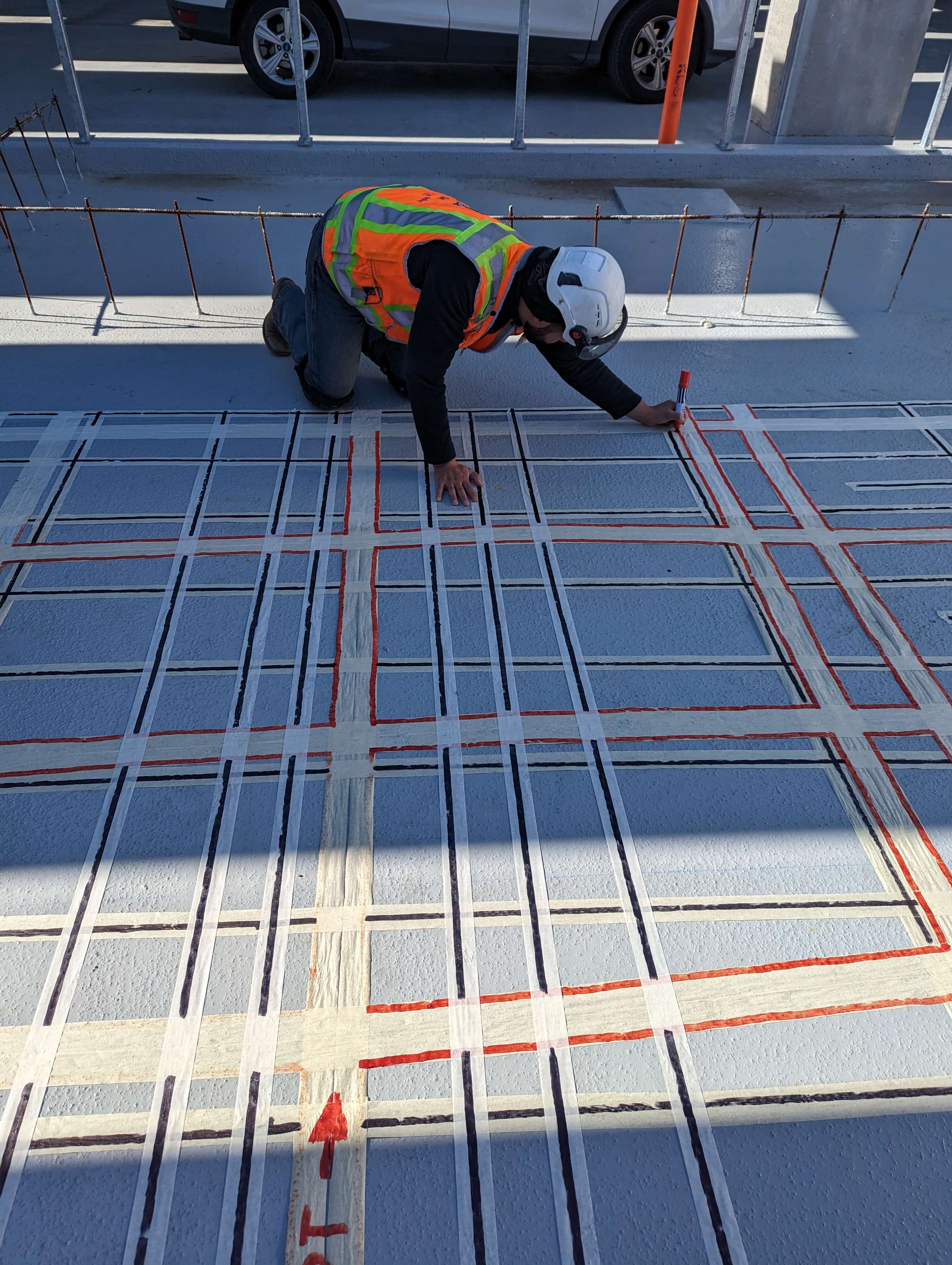Comprehensive Overview to Concrete Scanning Technologies
Unveil the Transformative Power of Concrete Scanning in Taking Full Advantage Of Efficiency and Safety And Security
Concrete scanning has arised as a vital device in the construction sector, using unequaled advantages in boosting project performance and making certain security standards. By making use of advanced innovation, concrete scanning permits professionals to see beyond the surface area, uncovering surprise complexities that could impact the architectural honesty of a structure. The transformative power of concrete scanning lies in its capability to provide real-time information and detailed understandings, changing just how tasks are prepared and implemented. As we look into the ins and outs of this ingenious technique, a world of possibilities opens, showcasing a brand-new period of building techniques that prioritize precision and safety and security.
Importance of Concrete Scanning
Making certain the architectural stability and safety and security of building and construction jobs begins with the essential action of performing detailed concrete scanning. Concrete scanning is a non-destructive method used to detect and map subsurface aspects within concrete structures. This process is important in identifying prospective risks, such as rebar, post-tension wires, and avenues, that may be concealed within the concrete. By utilizing innovative technologies like ground-penetrating radar (GPR) and electro-magnetic induction, construction groups can properly situate these aspects without creating any type of damage to the framework.
Additionally, concrete scanning helps in maximizing job timelines and budget by avoiding unexpected costs and delays that might develop due to unpredicted blockages within the concrete. Ultimately, investing in detailed concrete scanning is a positive method that enhances both effectiveness and safety in building and construction projects.
Just How Concrete Scanning Works
Concrete scanning runs as a critical device in building and construction jobs by employing sophisticated technologies to spot and map subsurface components without creating structural damages. Ground Permeating Radar (GPR) and Electromagnetic Induction (EMI) are two main approaches used in concrete scanning.
During the scanning process, the information gathered is analyzed in real-time, allowing prompt recognition of prospective dangers or obstacles underneath the surface area. This info help in decision-making, making certain that building and construction activities proceed securely and efficiently. Additionally, 3D imaging software can be used to create comprehensive maps of the subsurface elements, additionally boosting job preparation and execution. By employing these innovative innovations, concrete scanning considerably reduces the risk of pricey damages and injuries on building websites.
Benefits of Concrete Scanning
One of the primary advantages of concrete scanning is the capacity to detect and find embedded objects such as rebar, post-tension cords, and avenues precisely. Concrete scanning helps in preparation and developing a lot more effectively, as it supplies precise details concerning the area and deepness of structural elements.

Study: Concrete Scanning Success

In one more case, a building company made use of 3D concrete scanning to examine the problem old concrete frameworks in a historical building. The detailed scans given useful understandings right into the degree of damage and helped focus on my latest blog post upkeep efforts properly. By proactively resolving areas of issue identified through scanning, the company had the ability to prolong the life-span of the structure and make certain owner safety.
These instance research studies emphasize the transformative power of concrete scanning in boosting efficiency, precision, and safety in construction projects.
Applying Concrete Scanning in Projects
Applying innovative scanning modern technologies throughout building tasks has actually ended up being progressively essential for improving accuracy and security. By incorporating concrete scanning into project planning and implementation, construction teams can identify possible threats, such as rebar or post-tension cables, hidden within concrete frameworks. This aggressive approach minimizes the threat of mishaps, hold-ups, and costly rework, ultimately bring about a lot more effective project timelines and spending plans.
To implement concrete scanning properly, project managers need to work together carefully with experienced scanning professionals to figure out the most suitable scanning methods for the specific task demands. Engaging scanning experts from the onset of a task allows the group to create detailed scanning strategies that address essential areas of worry and make sure complete data collection.
Moreover, including concrete scanning into normal task operations can simplify see this here decision-making processes, as real-time scan data provides immediate insights into the problem of concrete frameworks - Concrete Scanning. This data-driven technique helps with informed analytical and enables teams to make changes immediately, promoting a society of efficiency and safety and security throughout the job lifecycle
Conclusion
Finally, concrete scanning plays a crucial role in boosting effectiveness and safety in building and construction projects. By making use of advanced innovation to map and find out underlying structures within concrete, this process assists to stop costly mistakes, guarantee structural integrity, and minimize dangers on site. With the ability to reveal covert aspects and provide precise data, concrete scanning verifies to be a useful device for enhancing project results and making the most of total success.
Concrete scanning is a non-destructive method used to detect and map subsurface aspects within concrete structures. Additionally, concrete scanning assists in maximizing job timelines and spending plan by staying clear of unanticipated expenses and hold-ups that might arise due to unanticipated blockages within the concrete. One notable situation research entails a large-scale renovation task where concrete scanning played an important role in ensuring job success.In one more instance, a building firm used 3D concrete scanning to assess the problem of aging concrete structures in a historical structure. By integrating concrete scanning into project preparation and execution, construction teams can recognize potential risks, such as rebar or Full Article post-tension cables, concealed within concrete structures.